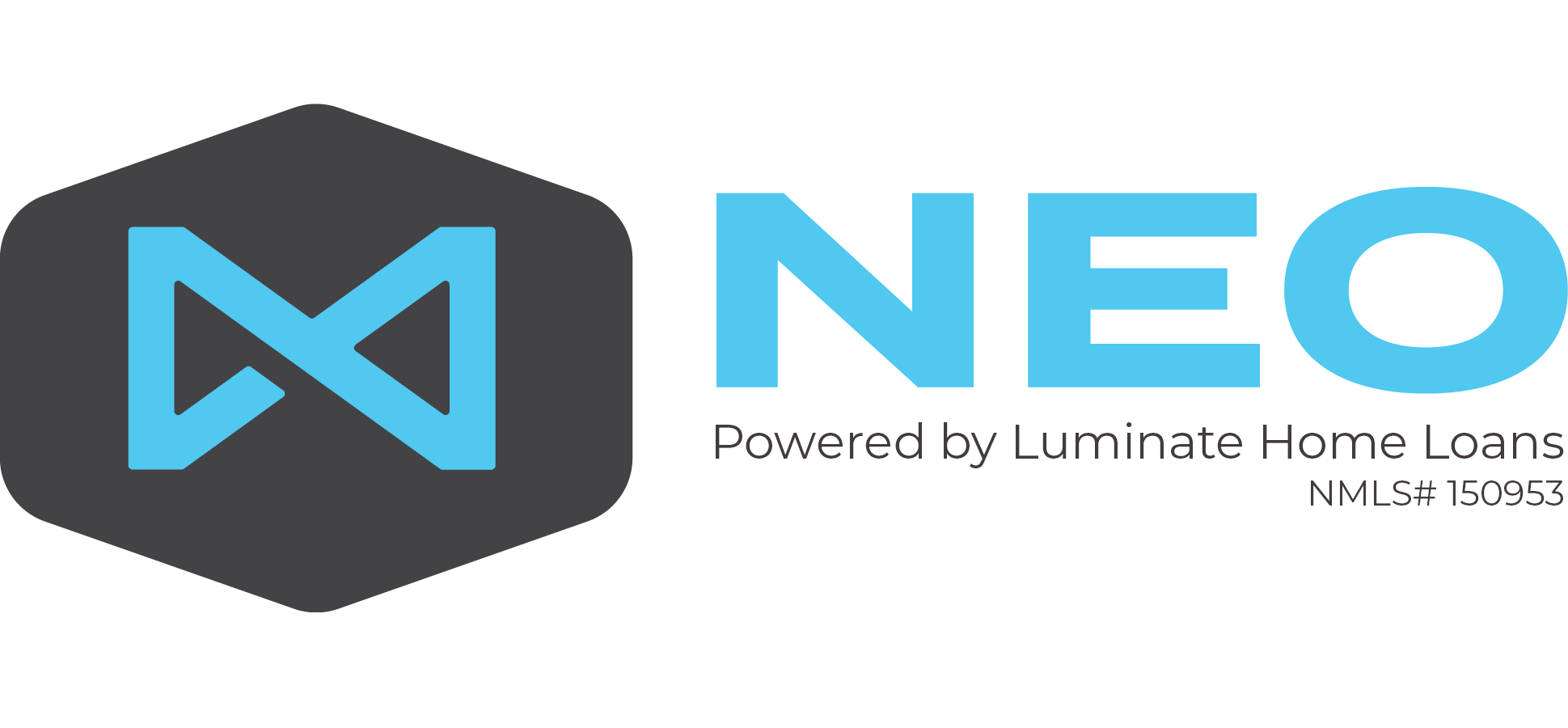
The mortgage business can be a confusing industry to understand. There are different types of loans, different types of lenders and different paths for loans after closing. All of these can impact your ability to get approved for a mortgage loan, the terms of the loan or how smoothly the process goes. I bring this up because of a situation that happened just the other day….
We received a call from a mortgage loan officer at a different mortgage company who calls us when she is unable to get a loan approved with her company. As I mentioned in the opening paragraph, each mortgage company is different. In this situation, the lender who was unable to assist her customer works directly for a depository bank where their underwriting guidelines are tighter than a traditional mortgage banker. She realizes this and knows she can turn to us when she has a situation where her underwriting department can not approve a loan. In this case the reason she could not approve the loan was due to ratios.
Qualifying Ratios
In mortgage terms, ratios are the percentage of your income used for the house payment and debts. There are two ratios that are looked at when you qualify for a mortgage:
Housing “Front End” Ratio:
This ratio is the percentage of gross income for all borrowers on the loan in comparison to the monthly payment you are looking to qualify for. For example, if you were looking to qualify for a payment of $2,000/mo and had a total income of all borrowers of $10,000/mo the ratio would be 20%:
$10,000/mo gross income divided by $2,000/mo PITI mortgage payment
Debt “Back End” Ratio:
The debt, or “back end” ratio, is the percentage of gross income compared to all debts of the borrowers on the mortgage, including the new housing payment. Continuing with the example above, if these borrowers had an additional $2,250 in monthly debts (cars, student loans, credit cards, etc) the total amount of debt would be $4,250 ($2,000/mo mortgage payment and $2,250/mo in other debts). Calculating the percentage would result in 42.5%:
$10,000/mo gross income divided by $4,250 in debts
What lenders look for:
Based on the reason for this post there is no hard and fast rule associated with ratios, each lender is different. For the lender that was unable to do the loan, her max “back end” ratio was 45%. Ours is dependent on the overall risk of the loan. When we receive a loan we complete a full loan application and run the loan through a computerized automated underwriting software program that determines whether the risk is acceptable to approve the mortgage loan. The highest ratio we have seen approved in recent months has been about 59% (keep in mind this is with the best credit and a large amount of assets). Typically, we like to see the ratio at about 50% or less.
Back to our scenario again, this customer had a ratio of 50.23%. Because the other lender’s max ratio was 45%, she was unable to do the loan. We ran the automated underwriting program to make sure I was able to offer financing and I received an approval. The next step was determining how to set up the rates and fees.
Rates & Fees
When most people are looking to select a mortgage lender it seems obvious to look at a lenders rates and fees, right? Well, yes but there is more to it than what it may seem.
When the customer and I talked for the first time we talked about how his loan was set up with the other lender and how the loan would be set up with me. We were both offering FHA Financing, 30 year fixed mortgage with no pre-payment penalty. The area where there were some differences was surrounding his rates and fees. My fees were just slightly (within a couple hundred dollars) higher. When I started to inquire with this customer on what his most important factor was related to rates and fees we discussed two things:
Amount Due at Closing:
Outside of your down payment, the closing costs on a mortgage are going to be the biggest factor in the amount of funds that are needed to close on your home. Closing costs include:
- Lender Fees (how the lenders get paid)
- Mortgage Fees (interest and set up)
- Real Estate Fees (HOA, taxes)
- Title/Lawyer Fees (closing of your mortgage and real estate transactions, insurance)
- Government (recording, taxes)
Amount You Pay Over Time:
The amount of money you will pay over time on your mortgage is going to depend on how long you keep your mortgage, the rate and the balance. Obviously, the lower any of these 3 factors are, the less you will end up paying.
Choosing Between Lower Due at Closing or Over Time:
Due to the size of the mortgage loan and the term of the mortgage loan most people decide that it would be best to have the lowest rate and balance possible instead of trying to minimize their out of pocket expense at closing. Of course, we also don’t want to have to bring a ton of cash to closing, otherwise there would be no need for a mortgage, right? In my previous post To Fee or Not to Fee, I explained why someone may want to increase their rate to cover some of their closing costs. That is exactly what this customer decided to do. We discussed many options but it came down to these 2 options:
- 5.25% Rate, 1% Origination Fee, 0% Discount Points
- 5.50% Rate, .25% Origination Fee, 0% Discount Points
The customer was mostly concerned about conserving his cash and could manage the slightly higher payment ($20/mo). He opted for the higher rate and was very happy to not have to bring the extra cash to closing that would have been needed with option #1.
The biggest thing to understand about the mortgage business is that there are options. There are options on who you use to obtain your mortgage, what mortgage company they work for, whether they are a banker or broker, how to structure your loan and whether to increase your rate to cover some of your costs. Understand your options and select a good lender who can explain these options to you and look out for your best interest.
Lending A Hand
Scott Wynn
The Wynn Team


![Should I Buy Now or Wait? [INFOGRAPHIC] Should I Buy Now or Wait? [INFOGRAPHIC]](https://lendingahand.com/wp-content/uploads/20210423-KCM-Share-1-549x300-1.png)
![Fact or Fiction: Homebuyer Edition [INFOGRAPHIC] Fact or Fiction: Homebuyer Edition [INFOGRAPHIC]](https://lendingahand.com/wp-content/uploads/20210910-KCM-Share-549x300-1.png)
